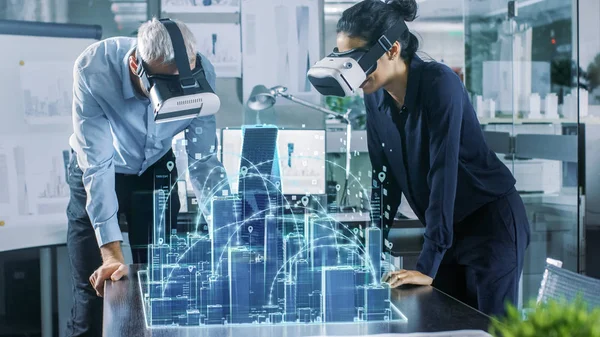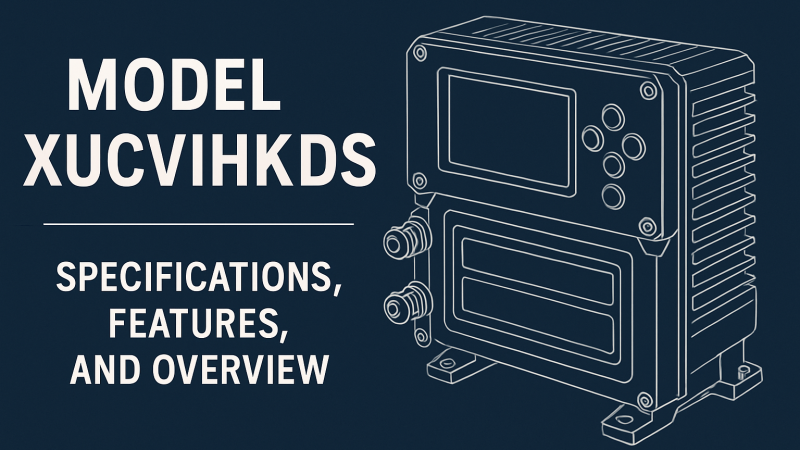Augmented Reality Art: the Future of Creative Expression

Augmented reality art is a relatively new and exciting field quickly gaining popularity among artists and audiences alike. By using technology to enhance and augment the real world, augmented reality art allows for a level of creative expression that is truly unique and dynamic. This blog post will explore how artists utilize AR technology to create immersive and interactive works of art. From street art that can only be viewed through a smartphone to sculptures that can be manipulated in both the physical and digital worlds to large-scale installations that fill entire rooms, AR art’s possibilities are endless. We will also examine some key examples of AR art, highlighting how this technology pushes the boundaries of creative expression and opens new avenues for audiences to engage with and experience art.
What is Augmented Reality Art?
At its core, augmented reality art is any form that utilizes technology to augment the viewer’s perception of the physical world. This can include simple smartphone apps that overlay digital art on top of real-world environments to large-scale installations that use projection mapping to create immersive experiences.
Popular AR Art Artists
Many talented artists work in augmented reality art, but some have gained particular recognition for their innovative and thought-provoking works. Artists such as Zach Lieberman, Joshua Harker, and Sandro del Rosario are known for using AR technology to create street art, sculptures, and immersive and interactive installations.
Keiichi Matsuda is a filmmaker and artist who uses AR technology to create films and installations that explore the relationship between technology and the built environment.
Zach Lieberman is known for his AR graffiti project, which uses AR to create digital graffiti that can only be seen through a smartphone camera. His AR installation uses projection mapping to create an immersive and interactive experience for the viewer. These artists are just a few examples of the many talented creators working in AR art, pushing the boundaries of creative expression and engaging audiences in new and exciting ways.
Examples of Augmented Reality Art
One of the most exciting things about augmented reality art is that it can take many forms. Some examples include:
● AR Street Art
One of the most popular forms of augmented reality art is AR street art. Artists are using AR technology to create street art that can only be viewed through a smartphone or tablet. This allows the artist to add an extra layer of interactivity to their work, making it come alive in new ways. Street artist Zach Lieberman’s “AR graffiti” project uses AR to create digital graffiti that can only be seen through a smartphone camera. Using AR, Lieberman can create graffiti that appears to move and interact with its environment, creating a truly immersive experience for the viewer.
● AR Sculptures
Another popular form of AR art is AR sculptures. Artists are using 3D scanning and printing technology to create sculptures that can be viewed in both the physical and digital worlds. These sculptures can be manipulated and animated in ways that would not be possible with traditional sculpture techniques. For example, artist Joshua Harker’s “Anatomica di Revolutis” sculpture is a 3D printed sculpture that can be viewed in both the physical and digital worlds. Still, when viewed through AR, it can be manipulated and animated in ways that would not be possible with traditional sculpture techniques.
● AR Installations
Another form of AR art is AR installations. Artists are using projection mapping and other forms of technology to create large-scale installations that can fill entire rooms or even entire buildings. These installations can be interactive, allowing viewers to move through and interact with the artwork. A great example of this is artist Zach Lieberman’s “AR installation”, which uses projection mapping to create an immersive and interactive experience for the viewer. The installation allows the viewer to move through the space and interact with the projected imagery, creating an experience that is both unique and captivating.
● AR App
Another great example of AR art is the AR app “The Nightcrawler” by artist Zach Lieberman. The app uses AR to superimpose a digital character in a real-world environment. The character, called “The Nightcrawler,” can move around the environment using the smartphone’s camera and interact with real-world objects. The app is not just a static image but a living and interactive artwork that allows the viewer to explore the environment in new and exciting ways.
These examples illustrate how versatile and dynamic the field of augmented reality art is. It is a medium that can take many forms, from street art to sculptures, installations to apps. The use of technology in art allows for new forms of creative expression and new ways for audiences to engage with and experience art.
Uses of Augmented Reality Art in Different Industries
Augmented reality art is not only limited to the traditional art world but has also been used in various industries such as gaming, advertising, and education.
● Gaming
AR technology enhances the gaming experience by allowing players to view virtual characters and objects in the real world. This technology is being used to create more interactive and immersive games, such as Pokemon Go, which allows players to catch virtual Pokemon in the real world.
● Advertising
AR technology is also being used in advertising to create interactive and engaging experiences for consumers. Brands are using AR to create advertisements that can be viewed through a smartphone or tablet, allowing consumers to interact with products in new and exciting ways. For example, the IKEA Place app allows customers to visualize how different furniture pieces would look in their homes before making a purchase.
● Education
AR technology is also used to create interactive and engaging learning experiences. Teachers are using AR to create educational materials that can be viewed through a smartphone or tablet, allowing students to interact with the material in new and exciting ways. For example, the app “Anatomy 4D” allows students to explore the human body 3D and learn about the different systems and organs.
● Architecture
AR technology is also used to create interactive and engaging building designs. Architects are using AR to create building designs that can be viewed through a smartphone or tablet, allowing clients to interact with the design in new and exciting ways. For example, the app “AR Plan” allows clients to visualize how different building designs would look in real-world environments.
These examples illustrate how AR art is not only limited to traditional art but also has a wide range of uses in various industries. The use of technology in art allows for new forms of creative expression and new ways for audiences to engage with and experience art.
Conclusion
Augmented reality art is a rapidly growing field pushing the boundaries of creative expression in exciting new ways. As technology advances, we expect to see more artists utilizing AR to create immersive and interactive AR experiences that engage viewers in new ways. So, if you are an artist keen on adding oomph to your artwork, consider signing up to PlugXR’s forever free no-code platform. Whether it’s street art that can only be viewed through a smartphone, sculptures that can be manipulated in both the physical and digital worlds, or large-scale installations that fill entire rooms, the possibilities of AR art on PlugXR are endless.






